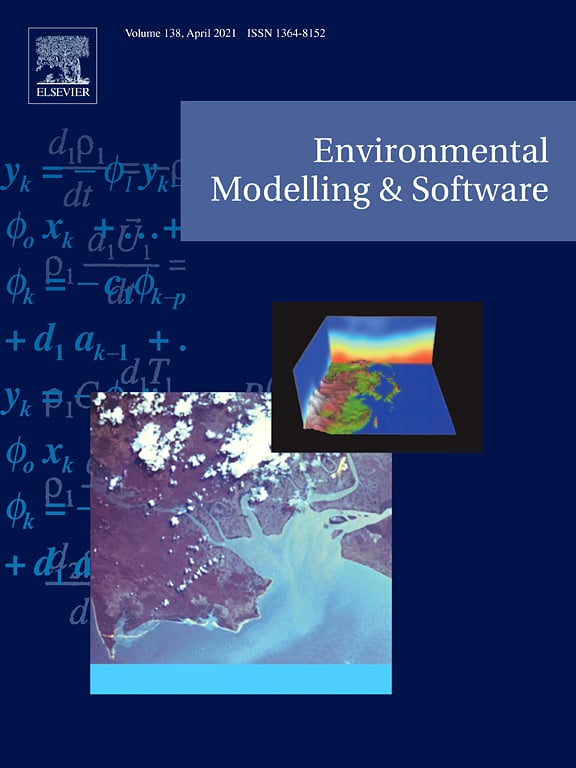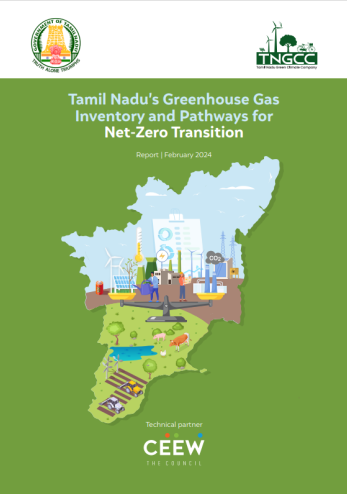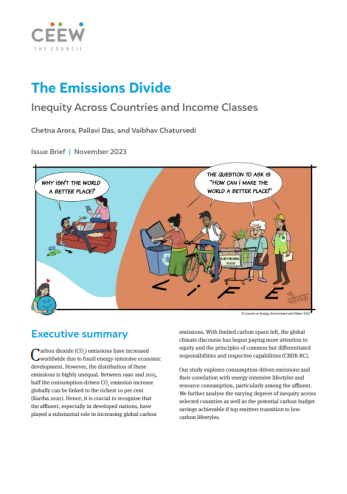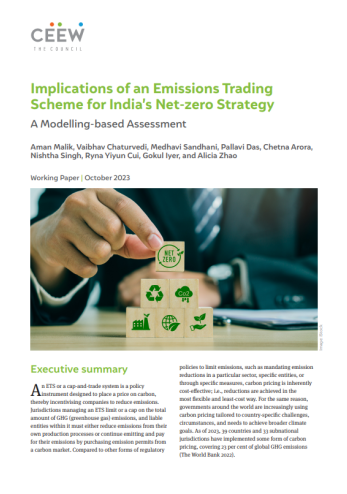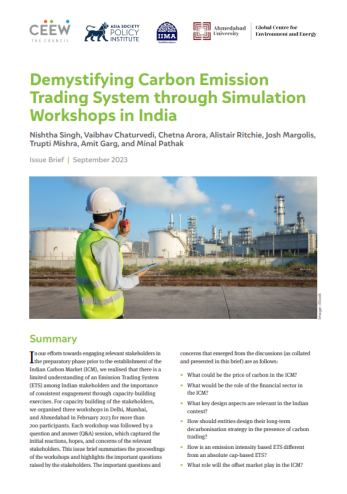Paper
Water-energy Nexus-based Scenario Analysis for Sustainable Development of Mumbai
Simon De Stercke, Vaibhav Chaturvedi, Wouter Buytaert, Ana Mijic
December 2020 | Low-carbon Economy
Suggested citation: Stercke, Simon De, Vaibhav Chaturvedi, Wouter Buytaert, and Ana Mijic. 2020. "Water-energy nexus-based scenario analysis for sustainable development of Mumbai, Environmental Modelling & Software." Science Direct: Vol 134,2020, 104854, ISSN 1364-8152
Overview
This study addresses the gaps in knowledge about the dynamics of the urban water-energy nexus in the Global South. It develops a model of Mumbai’s water-energy nexus and uses it to estimate future energy and water use under different scenarios in an integrated way. The paper uses system dynamics to be an appropriate modelling method because of the nature and complexity of the multifarious situation, and adapts a model De Stercke et al (2018) developed and applied to London, to suit Mumbai. In order to make the research directly relevant, the paper bases the scenarios on global and locals goals such as the United Nations’ Sustainable Development Goals (SDGs) and the national Swachh Bharat Mission (SBM).
Key Highlights
- Despite lower energy use, the relative importance of the end use in the water-energy nexus of Mumbai is comparable to that in cities in the Global North.
- The most socially and environmentally progressive scenario, the SDG scenario, has greater immediate requirements in terms of decent housing, but less for water supply.
- Faster slum improvement, offering better living conditions for the citizens living in them, is instrumental in meeting the SDGs and in fulfilling the Swachh Bharat Mission.
- If water supply becomes continuous, decarbonised electricity substitutes for gas, and wastewater is treated to a secondary degree, costs related to the expansion of capacity in water supply and distribution, and wastewater treatment, as under the business as usual (BAU) scenario, could be avoided.
End use dominates the water-energy nexus and this component plays an important role in urban dynamics, but focussed on the Global North.




